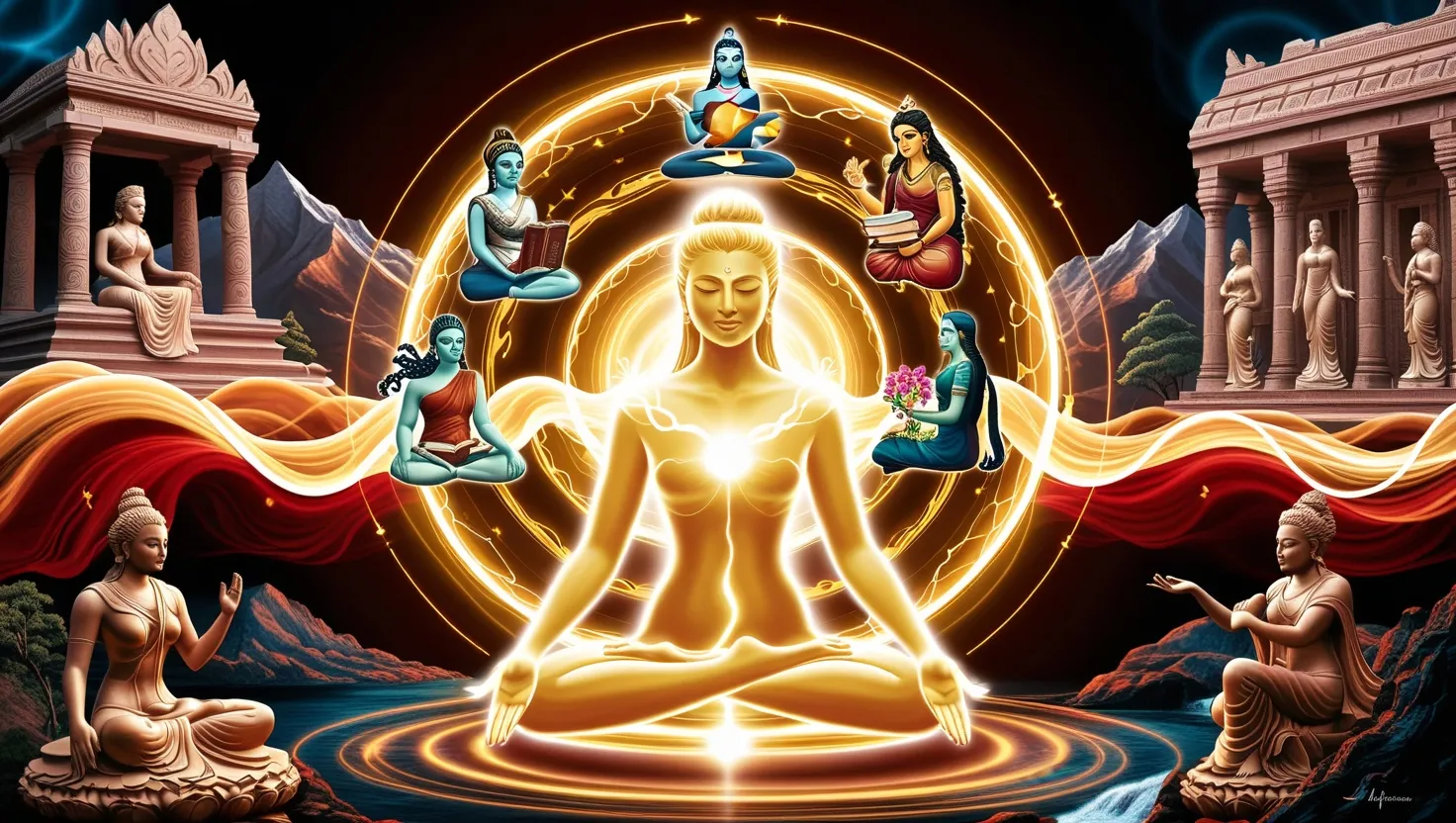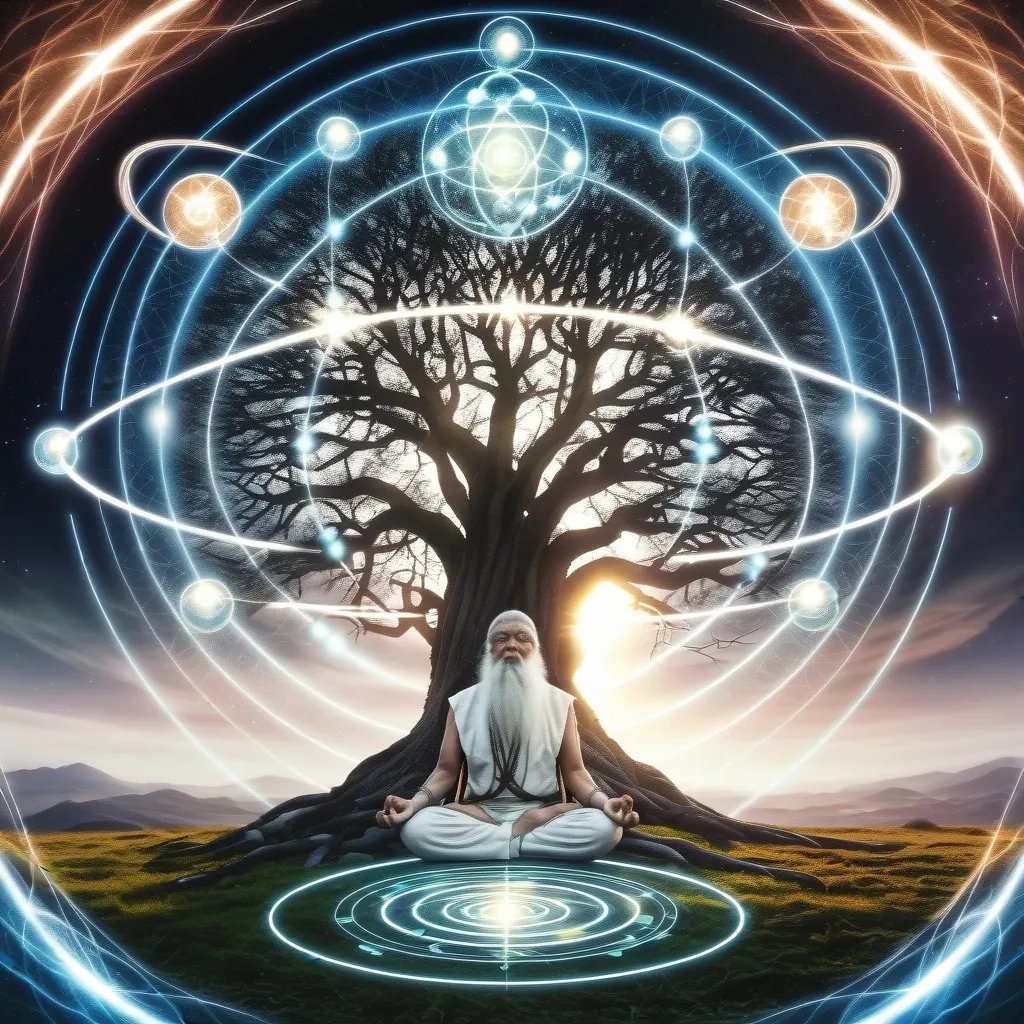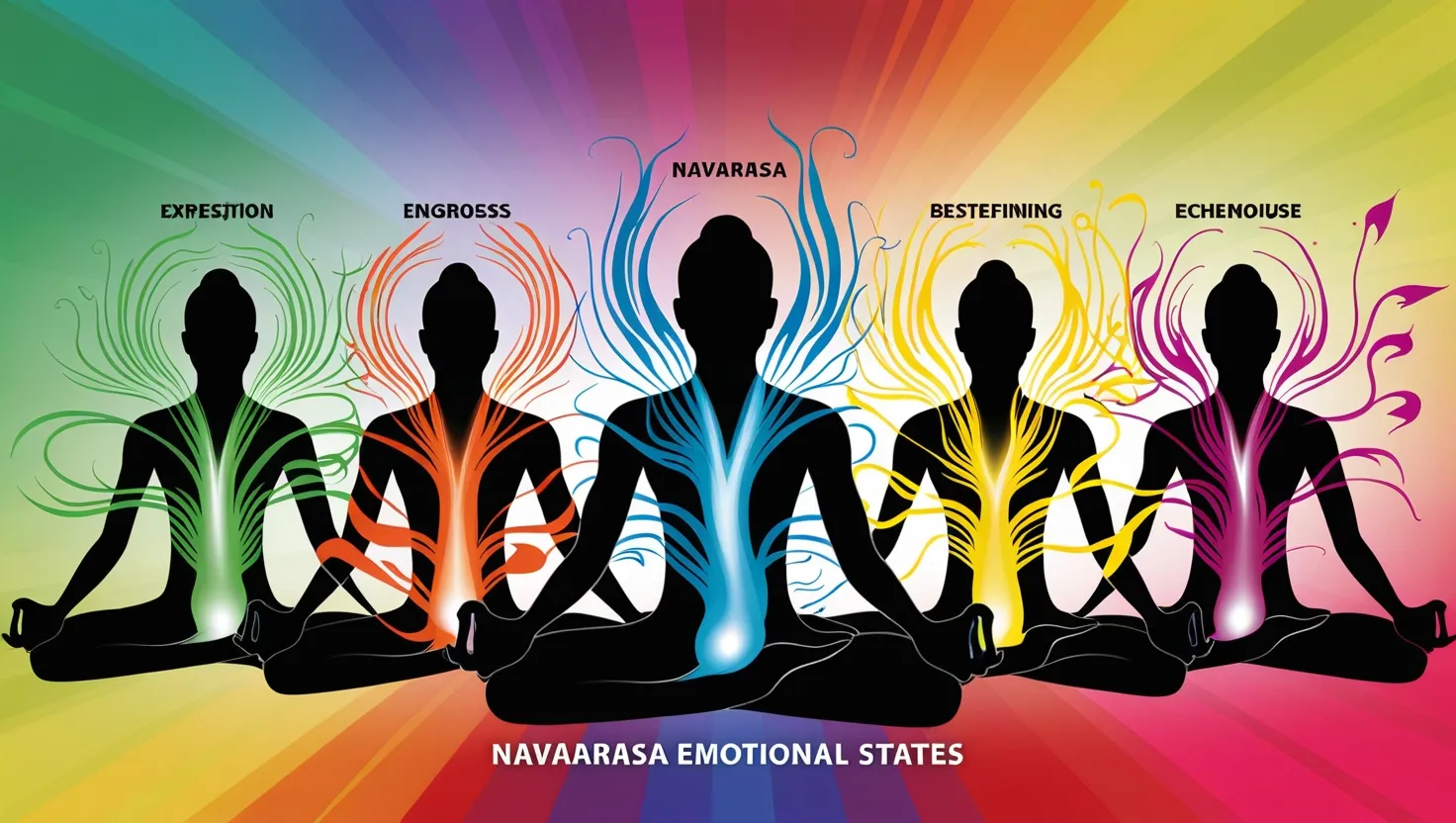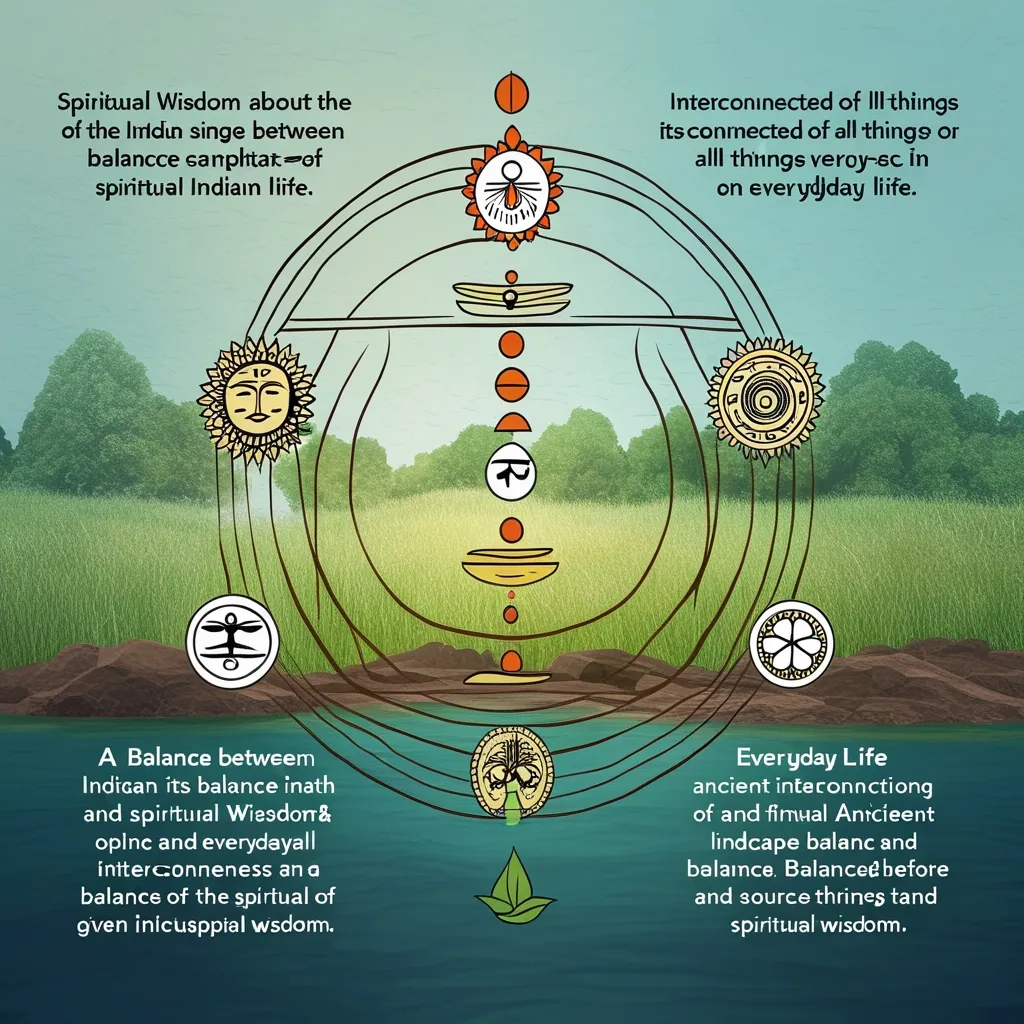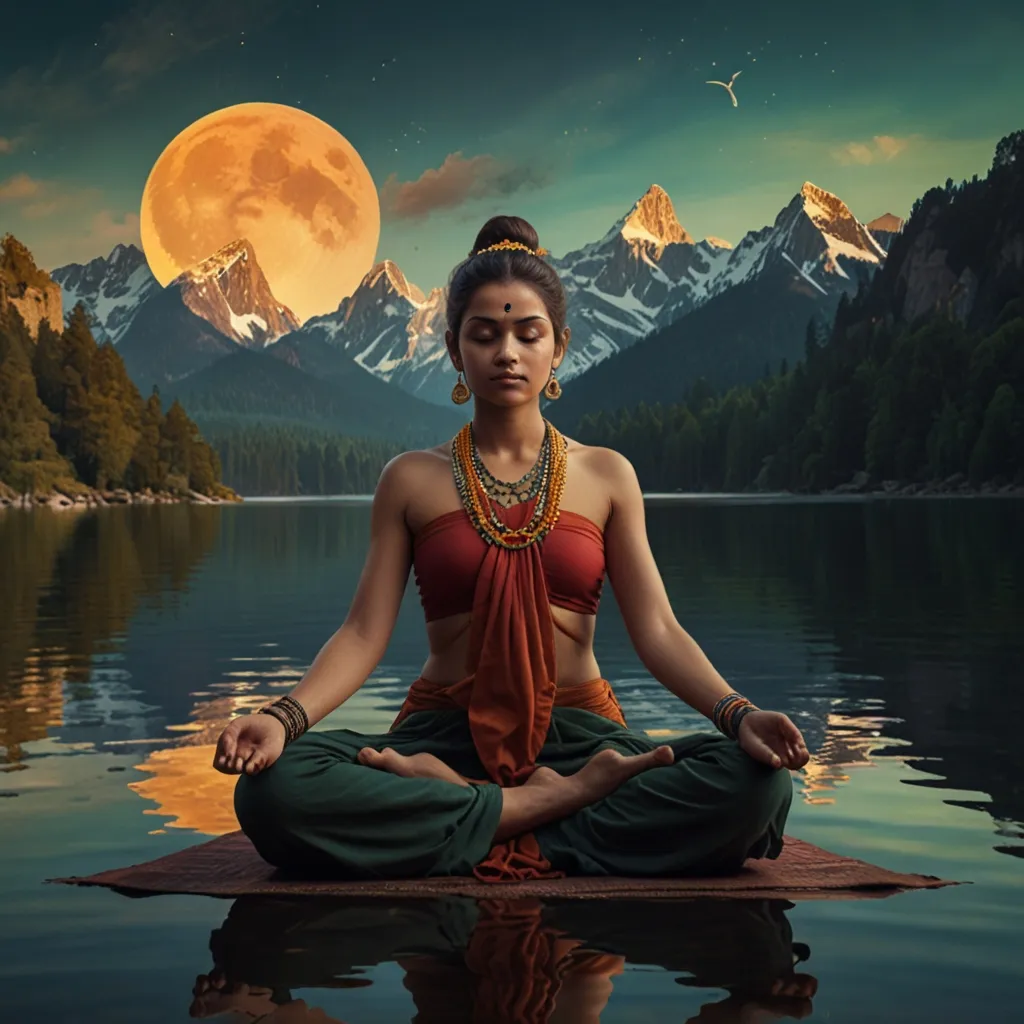When we consider the place of the divine feminine in Hindu thought, we are immediately confronted with a paradox: a tradition that exalts women as embodiments of cosmic energy, and yet, for centuries, women’s voices in society have often been mediated through lenses of custom and patriarchy. But Hindu philosophy, at its root, is far more radical than many realize—Shakti, the feminine principle, is not just a symbol or a metaphor, but the very engine of creation and transformation in the universe. In this journey, I invite you to look past the clichés and witness how Hindu philosophy frames women as philosophers, goddesses, and agents of change—sometimes in the most surprising ways.
You might ask, what does Shakti actually mean for a person engaging with Hindu thought today? Think about every act of creation, every moment of change, every force that animates us—Shakti is that universal current, pulsing through everything. She is the energy behind birth and rebirth, the force that nourishes and destroys, the essence of life itself. If the masculine principle is consciousness, Shakti is the kinetic power that gives it form and movement. The great Upanishads put it succinctly: “For by her this universe is borne, by her this world is created, by her it is protected.”
Now, let’s pause for a reflection straight from the heart of Hindu scripture:
“Woman is the creator of the universe, the universe is her form; woman is the foundation of the world, she is the true form of the body. In woman is the form of all things, of all that lives and moves in the world. There is no jewel rarer than woman, no condition superior to that of a woman.”
Does this sound like a tradition that marginalizes the feminine? Hardly. Yet, the gap between this exalted vision and everyday reality has often been a paradox for theologians and historians alike. It raises an important question: how do we reconcile the celestial heights of goddess worship with the lived experiences of women through history?
The answer, in part, lies in the remarkable women philosophers who appear in ancient Hindu texts. Consider Gargi Vachaknavi, a sage who fearlessly questioned Yajnavalkya, one of the greatest sages of the Upanishads, about the ultimate nature of reality. Her questions were not deferential or timid; they cut to the metaphysical core. What is the relation between the self and the universe? What is the ultimate ground of being? Gargi is not an outlier—she is a model of intellectual courage and insight, and her story is preserved with the same reverence as that of her male counterparts.
Similarly, Maitreyi, Yajnavalkya’s wife, is remembered not just for her devotion, but for her philosophical acumen. She engages her husband in deep debate about the nature of the Self and immortality. In one famous passage, Yajnavalkya says to Maitreyi, “It is not for the sake of the husband that the husband is dear, but for the sake of the Self.” Maitreyi’s responses reveal a mind keenly aware of the spiritual implications of this insight. These dialogues show us that women philosophers were not just present but central to the development of Hindu thought.
Let’s take a step back and ask: what does it mean for a tradition to celebrate the goddess in so many forms? In Hinduism, the goddess is present as Durga, who destroys evil and protects the world; as Lakshmi, who brings abundance and harmony; as Saraswati, who gives wisdom and inspires the arts; and as Kali, who embodies the transformative power of destruction and renewal. Each of these forms represents a different facet of life, and each is essential for wholeness. In classical Indian arts, the goddess is depicted with astonishing depth—temple sculptures, classical dances, and epic poetry all bear witness to her power and grace.
But here’s something less often discussed: the way the goddess is worshipped in everyday life. In many temples, especially in the Shakta tradition, the goddess is represented by a simple stone painted red—the color of Shakti—and adorned with eyes to symbolize her living presence. Rituals involve the veneration of natural elements—rivers, mountains, trees—as embodiments of divine feminine energy. Why do you think ancient people saw the landscape itself as imbued with Shakti? Is it because, in the natural world, the cycles of life, death, and renewal are most visible, and so, most sacred?
Consider how the festival of Navaratri is celebrated across India. For nine nights, goddesses are honored in all their forms. The rituals, dances, and songs pay homage to the feminine principle, not as a passive force, but as the active, creative, and sometimes terrifying power that sustains the world. This is a living tradition, not a museum piece—women and men alike participate, often with roles that blur the lines between priest and devotee, between observer and participant.
There is a tension here, though: while the goddess is honored in worship, women’s social status has varied greatly through history. Why does this paradox exist? Historians point out that social customs often differ from religious ideals—patriarchal structures can exist even within traditions that celebrate the divine feminine. But it is important to remember that Hindu philosophy itself provides ample resources for challenging these structures. The stories of Gargi and Maitreyi are not relics of the past; they are models for how women can claim their place in philosophy and public life, even today.
Let me share another powerful quote from the Shaktisangama Tantra, which crystallizes this enduring idea:
“Shiva without Shakti is but a corpse.”
This is not just poetic imagery—it is a metaphysical truth: consciousness needs energy, form needs force, the eternal needs the dynamic. In the Tantric traditions, these are not opposites, but inseparable partners. The goddess and the god, Shakti and Shiva, are two sides of the same reality.
But what about lesser-known female philosophers and mystics? History remembers not just Gargi and Maitreyi, but also figures like Lalla Ded, a Kashmiri mystic poet, whose verses challenge social and religious orthodoxy with wit and wisdom. Or Andal, the Tamil saint-poet, whose devotional songs to Krishna revolutionized bhakti poetry and inspired generations. These women—philosophers, poets, mystics—prove that the tradition is far richer and more inclusive than many realize.
How does this legacy shape modern Hindu thought? The idea of Shakti has always been a resource for women seeking agency, for artists seeking inspiration, for philosophers seeking to understand the nature of reality. When you look at contemporary Hindu feminism, you find thinkers who draw on Shakti to argue for women’s rights, for social justice, for creative freedom. The goddess is not just a religious symbol—she is a living force in the lives of millions.
Is the worship of Shakti just about women, or does it have broader implications? The divine feminine is not limited to gender—men, too, are seen as vessels of Shakti. Every being, every particle of the universe, is animated by this force. The goddess herself is beyond gender, even as she is most often represented as female. This is a profound teaching: the supreme reality is beyond duality, even as it expresses itself through duality for the sake of creation.
Let me leave you with a final question: if the goddess is the creative and sustaining force in the universe, what does it mean for us—women and men—to recognize that power within ourselves and in the world around us? How might we live differently if we saw every act of creation, every act of compassion, every challenge, as an expression of Shakti?
Remember, the stories of Gargi, Maitreyi, Lalla Ded, Andal, and countless unnamed sages and poets are not just history—they are invitations. Invitations to question, to participate, to claim your role in the ongoing story of the divine feminine. The goddess is not a distant figure in the heavens—she is here, in every act of courage, every question, every creative impulse. She is the energy that animates your life, and the wisdom that guides your path.
Maybe this is the ultimate insight: Shakti is not something to be found “out there.” She is woven into the fabric of existence, waiting for you to recognize her presence—in yourself, in others, in the world. When you do, you join a lineage of thinkers and mystics who have dared to see the divine in the feminine, and in doing so, have transformed the way we understand power, wisdom, and the sacred.
